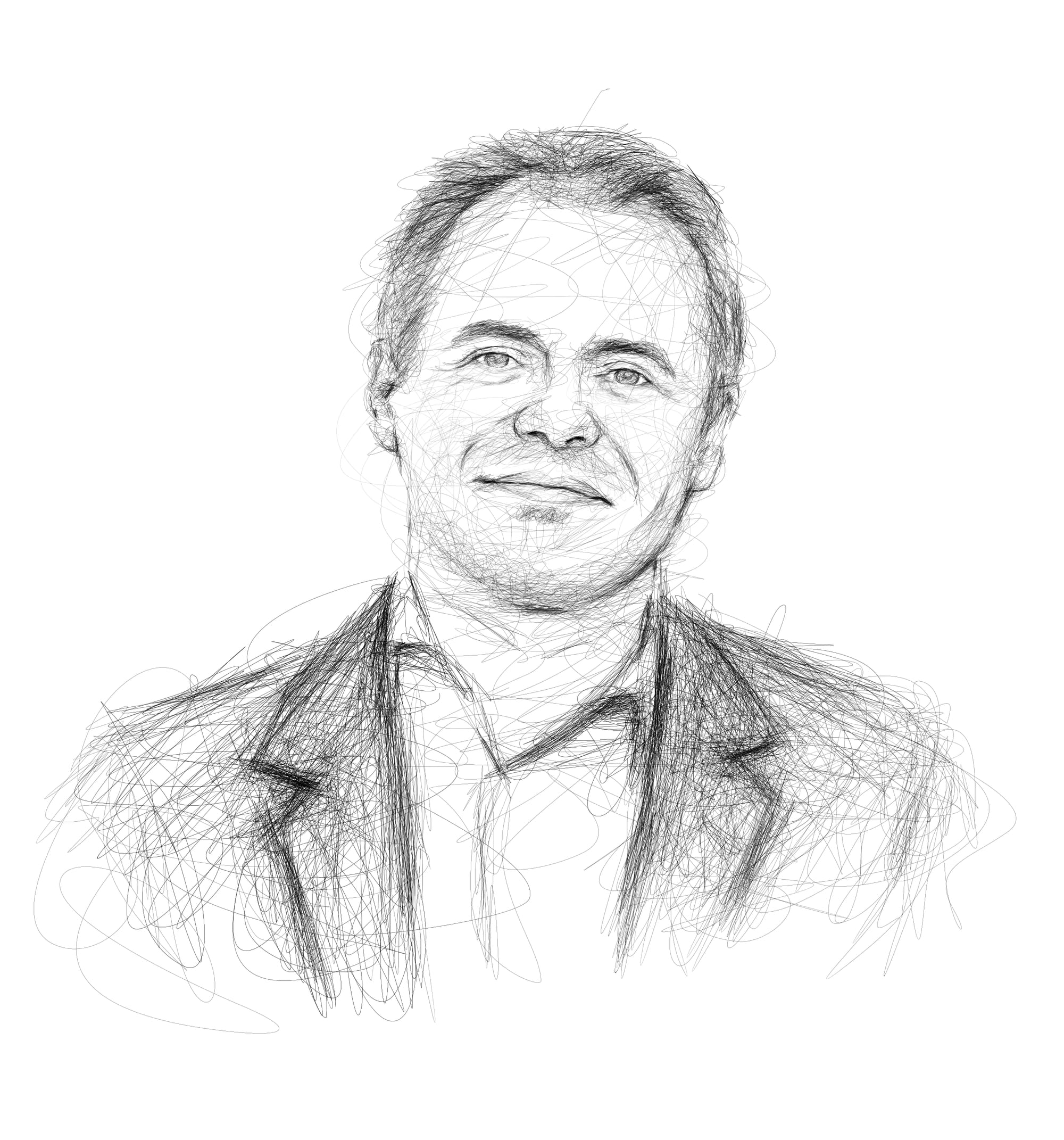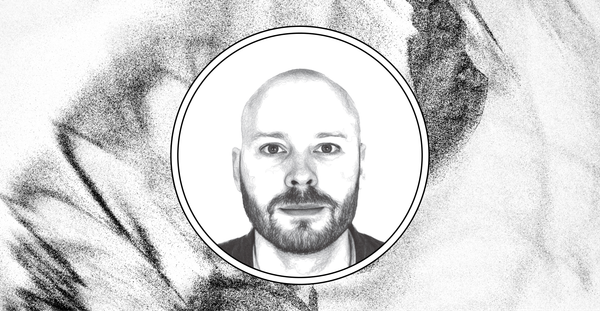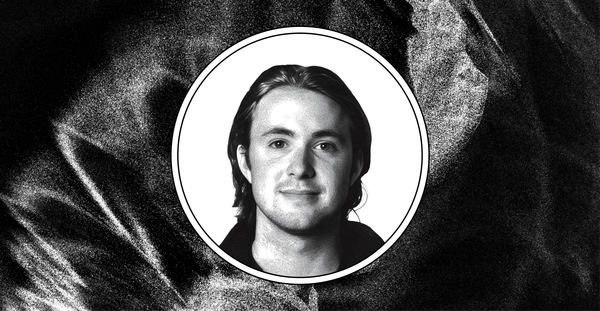Brain Organoids for AI Biocomputing with FinalSpark’s Fred Jordan
Dr. Fred Jordan is the CEO and cofounder of FinalSpark, a company growing brain organoids from human neurons as a pathway to artificial intelligence.
Dr. Fred Jordan is the CEO and cofounder of FinalSpark, a company growing brain organoids from human neurons as a pathway to artificial intelligence.

What led you to start FinalSpark?
I’m a French engineer and physicist, and about 30 years ago I went to Switzerland to get my PhD in signal processing. I met a man there named Dr. and then I went to Switzerland 30 years ago to make my PhD in signal processing. I met a guy there named Dr. Martin Kutter with whom I started my first company called AlpVision about 23 years ago. It’s still running today, but it’s in an entirely unrelated field—the detection of counterfeit products. We made an app that uses the camera to determine if an object from, say, China is fake or a genuine product. Today, we protect about 30 billion products a year with our technology. When I started FinalSpark in 2014 I was looking for new ways to do artificial intelligence. I’m a digital guy and I’ve been programming since I was 12 and basically my entire life I’ve wanted to make a thinking machine.
What makes FinalSpark’s approach to artificial intelligence unique?
When we started FinalSpark we were going to pursue this route toward digital artificial neurons because this is what we knew—programming and mathematics. We worked for 5 years on that and a few thousand digital neurons, which were much more realistic than the ones that are normally used. But the power consumption was enormous for the server and cooling.
So although our artificial neurons are more realistic than the standard ones you’d find in ChatGPT, for instance, we were only simulating a few thousand neurons and our brain has around 100 billion. So we started to doubt whether we were using the right tool. If I wanted to simulate a brain with 100 billion neurons and 10,000 connections per neuron digitally tomorrow, it would take a small nuclear plant to power that computation. That didn’t look like a promising path when the biological neurons in our brain use only about 20w or 1 million times less energy.
I didn’t know anything about biology or neurobiology, but we realized that although the knowledge we have is digital, it’s maybe not the right knowledge for what we want to do. The price we had to pay was to learn biology and neurobiology from scratch. So about 4 years ago we started with real neurons and now we are able to use real human neurons to create brain organoids, which are essentially smaller versions of the organs you have in your body.
Why do you think brain organoids are the future of artificial intelligence?
This is the future because there is no other possible future. We are running into a wall with the power consumption from new AI systems. It’s not sustainable at all. Even Sam Altman is saying this. So we have to find a solution and this is the solution because it uses 1 million times less power. We can compute using virtually no energy or negative environmental impact.
The most obvious application of what we’re doing is cloud computing. Not just any kind of cloud computing, but cloud computing specifically for running artificial neural networks. For the end user, the difference is not going to be striking. It’s going to have the same functionality, but it’s not going to have any ecological impact.
A lot of companies are working with organoids, but are you the first to make brain organoids?
Fortunately not. Today, there are three companies in the world working on this. It’s not a lot, granted, but we are not the only ones to think about this. But until recently the idea of wetware computers seemed like something from a science fiction movie where brains are connected with electrodes and it wasn’t really taken seriously. But then suddenly, in the last year or so, people started showing they could do biocomputing and several groups started to look at this simultaneously around the world.
This graduated from a science project to a commercial platform pretty quickly—how are people using the platform now?
Everything we do is a result of the pandemic. When COVID happened, we could not come to the lab. So what we did is we started to implement remote operations so that we could do our experiments from home. By the end of the pandemic, it could be completely controlled from our homes. This made us realize that there were other people who could probably benefit from remote access to our organoids for their experiments. So these researchers can remotely access our brain organoids 24/7 over the internet, send some stimulations, listen to them, and share data from some experiments to help us train them and continue to work on this topic. If you go on our website, you can actually see a picture that is taken every hour of our four brain organoids. If you are an official user of our platform, you can program in python and we provide API access to directly send stimulation signals to try to change the connection between neurons.
How do you see the company growing in the near term?
Right now we are financed by the first company that we created called AlpVision. Right now there are only 6 employees at FinalSpark and we can go on like this, but it’s way too slow for a problem like this. I would love to have 30 scientists working here and for this I’m seeking to raise $50 million. If we get this, I think we can have the cloud computing application ready within 7 years.
Do you see this as a path to artificial consciousness?
I can’t say anything on consciousness. But one thing I can say that is really striking is that I knew nothing about biology five years ago and had to come at this with a very fresh eye. During this time, we’ve worked with rat neurons, mouse neurons, and human neurons. Do you know what the striking difference between all those neurons is? There is no striking difference. They look the same, they spark the same, they react the same. We use the same medium and I don’t see anything magical about human neurons. As human being, I’ve always felt like I have some superiority somewhere, and it must be in my neurons, which are something special, but they’re not. All biologists know this, but this was a surprise for me. Now we are using human neurons because it’s the best bet. They probably are better, but there is not much science to substantiate that statement.
When we were first starting out 5 years ago, the lifetime of our neurons were about 1 hour and then they died. Nowadays it’s more than 3 months. So we’re very happy about that. We’ve started using neuromodulators like dopamine to reproduce the training process in vitro and this is what we’re trying to do right now. Believe me or not, there is no scientific literature on this. This is incredible because in the field of neurophysiology there are tens of thousands of publications each year and this has been going on for 30 years. But people have not tried to reproduce the training process in vitro. If you master this, though, it’s hard to imagine all the possible applications beyond biocomputing just like the inventor of the transistor couldn’t possibly have predicted the internet. But the impact would be similar.
HAUS specializes in public relations and creative services for deep tech startups.




